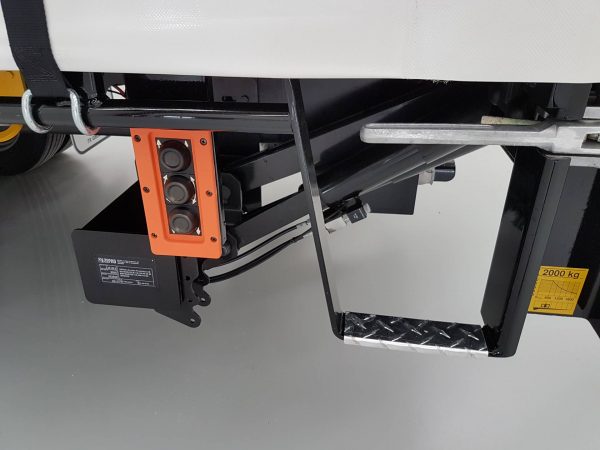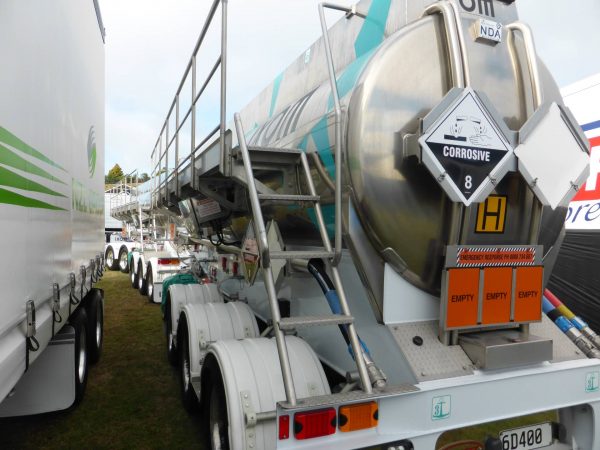Sprained ankles and damaged knees are common injuries that lorry drivers suffer through jumping out of their cab or off a trailer deck. A 17-stone driver jumping down a couple of feet creates around 31 stone of force when landing and that’s if the ground is flat and level. If it’s at an angle you can see how lateral force could cause a major problem for the driver’s knees, ankles and hips. There is a safe way to get into and out of any heavy vehicle (lorry, bus) or mobile machinery (such as forklifts).
Getting into a lorry or other machinery
- The lorry should be parked and stationary
- Check that there are no cyclists or other road users coming who might be affected by your door opening
- If there are strong winds, take care in holding onto the door to prevent it suddenly swinging open
- If it’s raining, are the steps and any grab rails wet – make a mental note of this as they could be slippery
- Open the door and climb up using the steps while maintaining three points of contact, i.e. two hands and one foot or two feet and one hand – move either a foot or a hand, not both at the same time
- Make sure you’re in the cab before you pull the door closed – every year, crush injuries from people slamming doors on their shins, ankles and feet cause injuries that need hospital treatment
Getting out of a lorry or other machinery
- Stop the vehicle safely (park brake, gearbox in neutral, engine off)
- Check in the mirrors and over your shoulder for other road users like cyclists – cyclists being ‘doored’ is a major cause of injury for them and you don’t want to step down in front of them either
- Keep hold of the door firmly so that the wind doesn’t grab it
- Take your key
- Check if the steps and rails are wet
- Climb out of the cab backwards using the stairs and maintaining three points of contact
Climbing onto and off of a flatbed trailer
Flatbed trailers are notorious for being slippery due to water, diesel, mud and ice. A typical flatbed doesn’t come with built-in steps or handholds. Most drivers will jump down or slide off them which increases the risk of ankle and knee injuries. It’s the quickest way down and, because drivers are busy, that’s the option they’ll typically take.

Built-in trailer step on a small, rigid curtainside lorry
If there are no built-in steps the safest option is to use a portable trailer ladder which hooks onto the side of your trailer and allows you to climb onto it using three points of contact. You can read a case study here. At a depot, a more robust mobile ladder can be used.
Climbing onto a taller trailer

These built-in steps feature a safety rail down the left of the catwalk and a handrail for climbing on the right
Taller trailers, such as tankers and livestock trucks usually have built-in ladders. Follow the manufacturer’s recommendations for safety.
How to further de-risk getting on and off
- Put grip tape on footholds and non-slip material on handholds
- Colour handholds to make them more visible – most lorry handholds are black and not very visible; drivers ignore them
- Make drivers aware of the dangers by using toolbox sessions and training
- Use loading docks whenever possible
- Use hanging ropes or straps from the roof of enclosed trailers as extra handholds.
What to avoid
Don’t use the tyre or wheel hubs as a step
Don’t try to carry items when climbing down
Don’t jump out of the vehicle.
